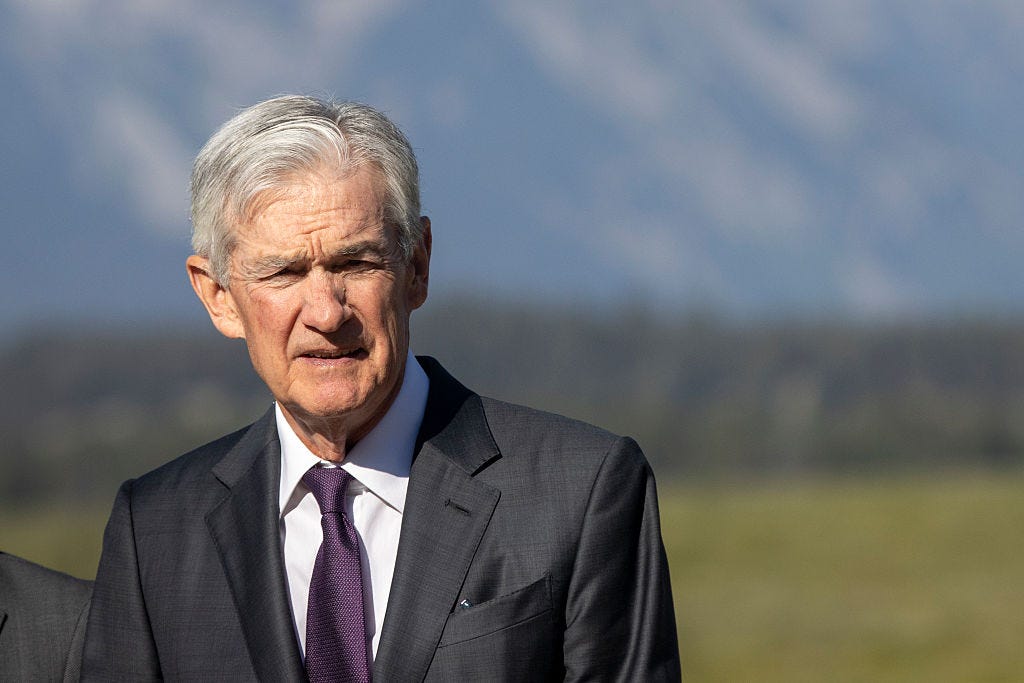💥"Do Not Ride Spirit ... They Suck"💥
Spirit Airlines Loved its Bankruptcy Experience + Winners & Losers.
Welcome back to the rat race, y’all. It’s September: fall temperatures are starting to settle over Chicago and New York City, the Mets and Yankees both look playoff-bound, the U.S. Open is in full swing (driving up the price of honeydew, naturally), and all eyes are on September 16–17, 2025, when the …


